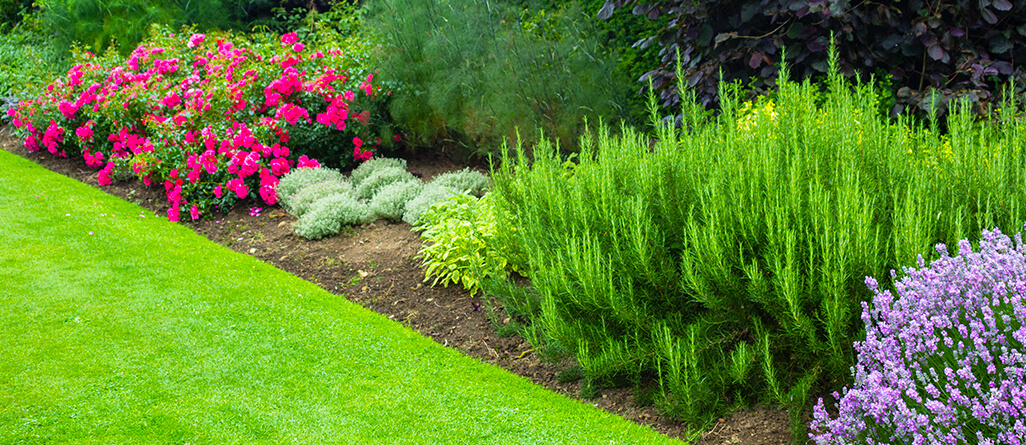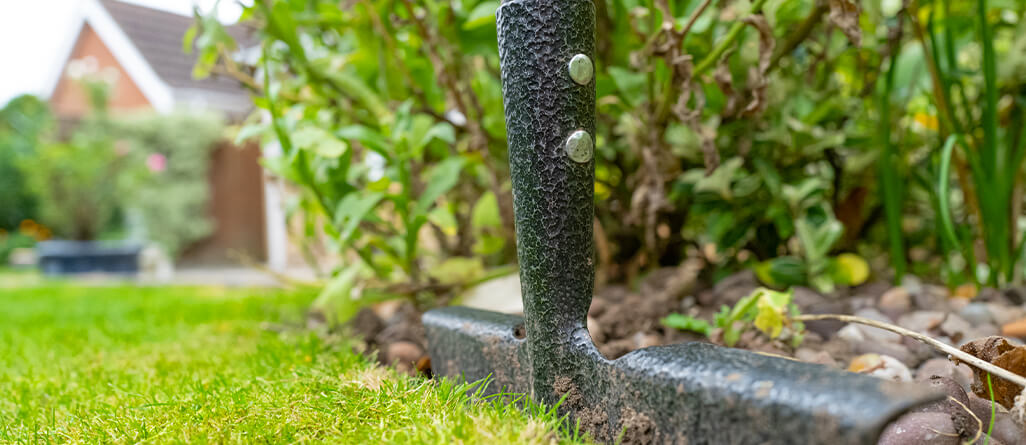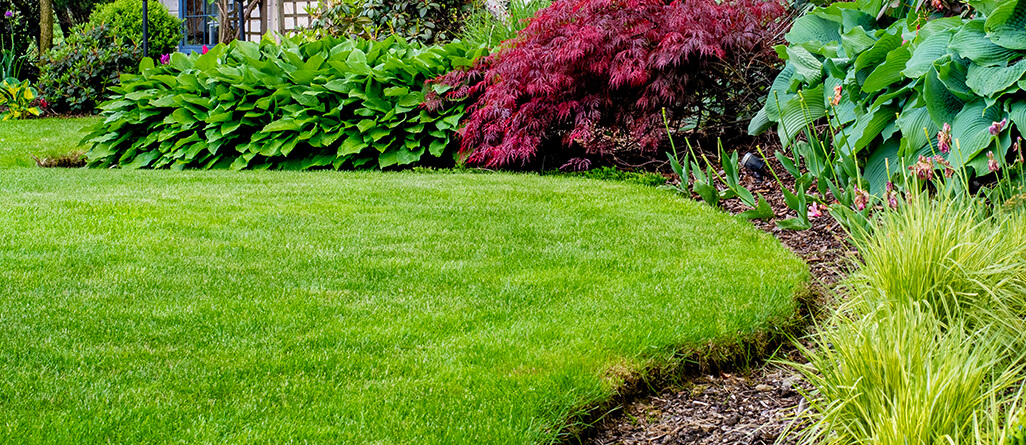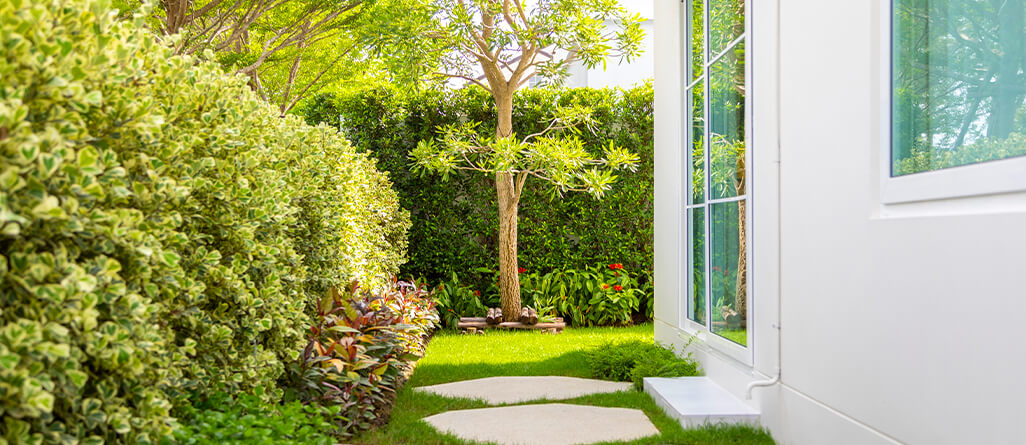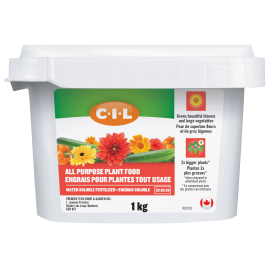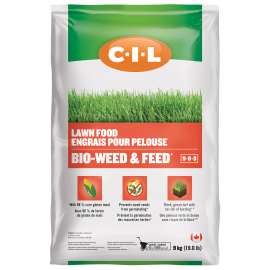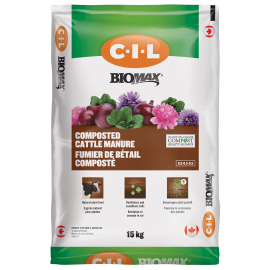How to get the perfect lawn edge?
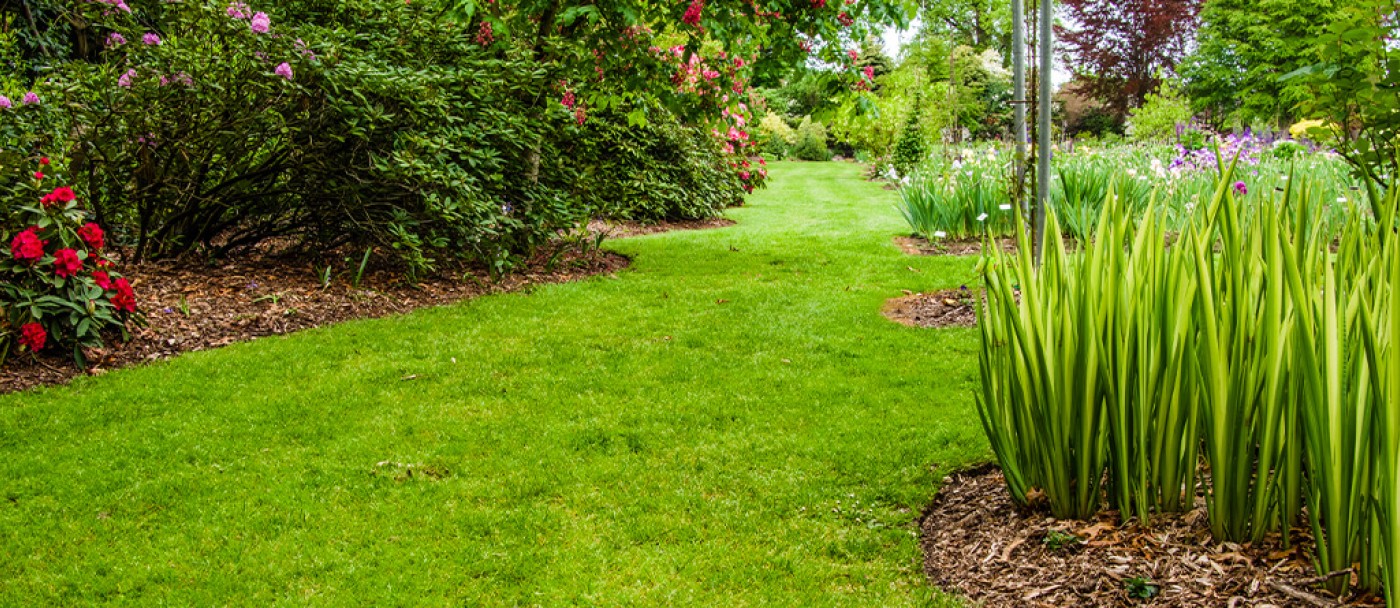
A garden cannot be complete without at least one flower bed. Composed of shrubs, evergreens, perennials or annuals, it runs along the house, path or driveway, or rises in the middle of the lawn, adding colour, character and distinctiveness to your landscaping.
For years, C-I-L has been developing products that deliver results while saving you time, energy and money. Throughout the seasons, we accompany you in the garden, offering easy tips to beautify your decor without it becoming a chore.
Here’s how to enjoy an easy-to-maintain landscaping with well-defined contours and an impeccable look. Perfect for showcasing your beautiful lawn!
Lawn or flower bed: which requires less maintenance?
People who have little time to devote to their yard often prefer lawns to flower beds, thinking it requires less maintenance. That’s not always true. A lawn that’s struggling to grow can require a lot of work... and the results may not be worth the investment.
Often, the grass growing along a road or driveway turns yellow and dries out in the first days of summer. No matter how much you water it, if the sun is blazing and the asphalt is scorching hot, the adjacent lawn will require constant attention without any hope of remaining as green and fresh as the other areas of the property.
A lawn can also lack vigour around the patio, along a paved path, the foundation of the house or shed, at the foot of low walls, under large trees, etc. This can be explained by the presence of roots on the surface or the presence of gravel used to ensure the stability of inert structures.
In these cases, a flower bed is the ideal option. Some perennials have no problem growing among sturdy roots, and many plants tolerate heat and drought admirably. Creating a flower bed will make your life easier while adding value to your home.
Our chart proposes a few interesting choices of drought-tolerant plants: Creating drought-tolerant gardens
How to trace the outline of a flower bed
Use your garden hose. Its flexibility allows you to create fluid shapes according to your desires. You can experiment with different shapes in a short time and without marking the lawn. You can proceed to cutting once you have found the perfect size and shape.
How to cut lawn edges
To border a flower bed, there's no need to add expensive inert materials (bricks, paving stones, etc.) that risk sinking into the ground or shifting over time. Moreover, since landscaping evolves over time, after a few years, you'll end up with a collection of disparate borders that don't quite match the neat look you're looking for.
- Outline your flower bed: You will need to outline your flower bed using a half-moon edger. A half-moon edger makes it easy to outline the flower bed (along the garden hose), saving you time and energy. You can also use a shovel, but you'll probably have to do some small touch-ups at the end because the result may not be as fluid as when you create smooth lines.
- Remove the grass: Once the outline is marked out, remove the grass. If necessary, use the edger to make a deep, clean cut, right down to the roots. The grass will be easier to remove and the border will be more clearly defined. Using the edger, dig to a depth of 10 to 15 cm and remove the grass at a 90-degree angle. (This angle will be important later.)
- Trim the lawn: Trimming the lawn is an optional step. However, if you’re a perfectionist, it will allow you to refine the border of your flower bed and enhance its general appearance. Hand pruning shears will help you trim the lawn along the flower bed. Cut the grass to maintain the 90-degree angle you created earlier.
- Cover the flower bed with mulch: Applying 5 to 7 cm of mulch helps prevent weed growth by blocking sunlight and preventing weed seeds from establishing in the soil. Mulch helps keep the soil cooler and reduces watering needs. This also protects roots from the damage caused by extreme temperatures, both in winter and summer. Apply the mulch right up to the edge of the flower bed, creating a gentle downward slope. In addition to slowing down the progression of grass, this will enhance the flower bed and make it stand out.
Use our calculator to find out which quantity you’ll need.
How to maintain borders for an impeccable look
Trim regularly! Trimming several times throughout the season helps prevent grass from invading your flower beds and maintains a clear line between the lawn and the flower bed.
Make sure your plants don't invade the lawn either. Prune them, divide them, move them... or enlarge your flower bed. Once your flower beds are well defined, removing a thin strip of lawn is a simple thing. If necessary, use the edger to modify a curve, reaffirm an angle, integrate a patch of lawn where the grass has been damaged...
What is the best time to border your flower bed?
You can redefine the border of a flower bed at any time, as long as the ground isn't frozen. Most gardeners prefer to do it in late spring or early summer. Note that the soil is easier to work when it isn't dry.
It’s the perfect time to bring the final touch to your project and make sure it won’t go unnoticed!
10 tips for a maintenance-free garden
- Create a simple design to start with (it can easily be enlarged later!).
- Opt for shrubs, perennials and grasses.
- Plant the right plants in the right locations.
- Gather potted plants together.
- Water the lawn less frequently, but deeply.
- Use our lawn fertilizers. They help strengthen and thicken the lawn, with no surge growth.
- Replace the grass in hard-to-mow areas with ground cover plants or low-maintenance perennials.
- Choose shrubs that are the right size at maturity to avoid unnecessary pruning.
- Choose plants that are adapted to their hardiness zone to limit the installation of winter protection.
- Apply mulch to your flower beds to limit weeding.
